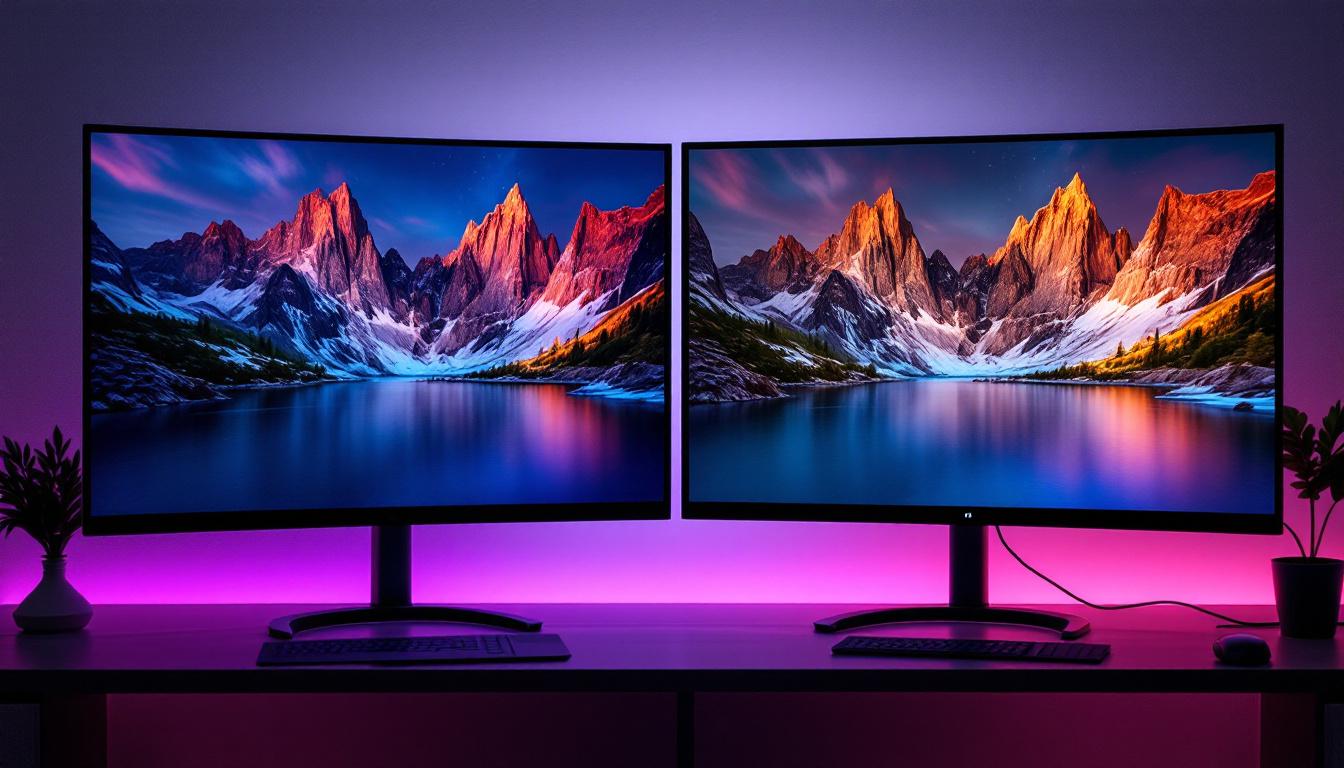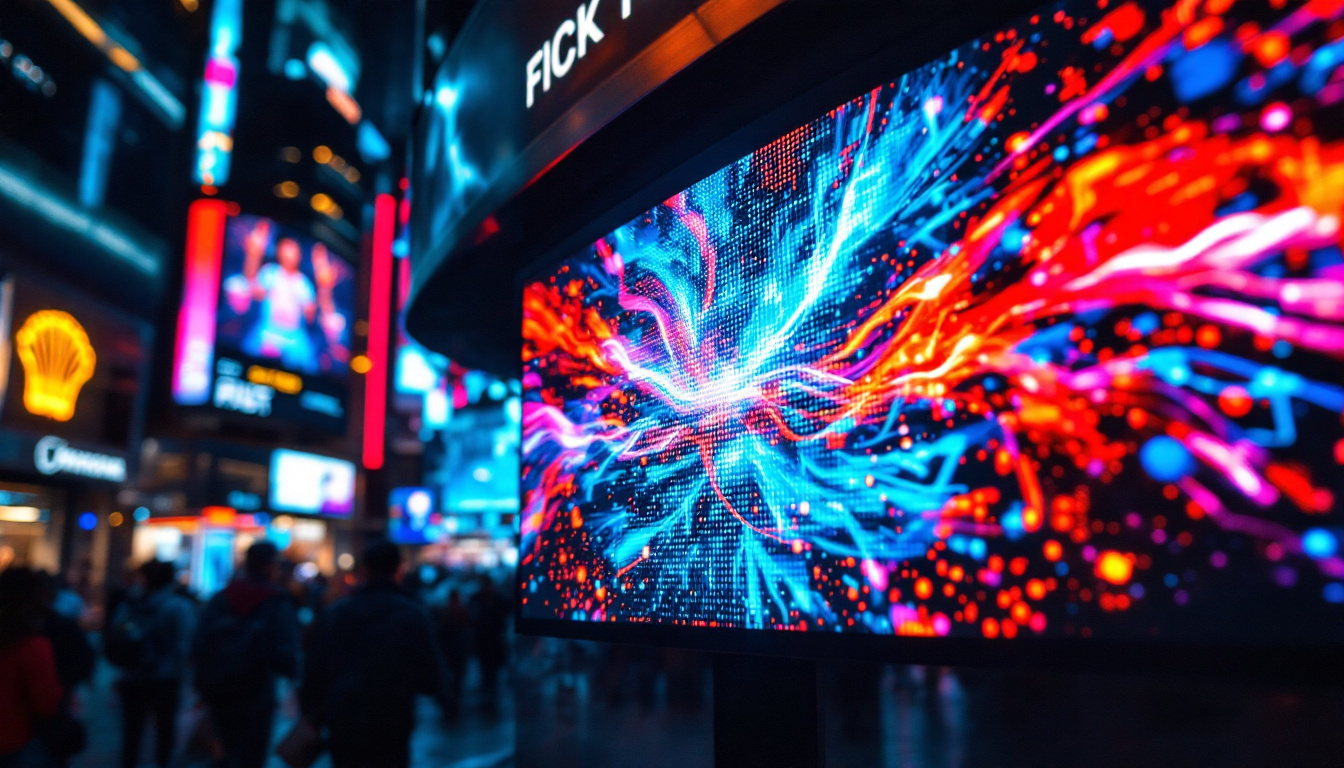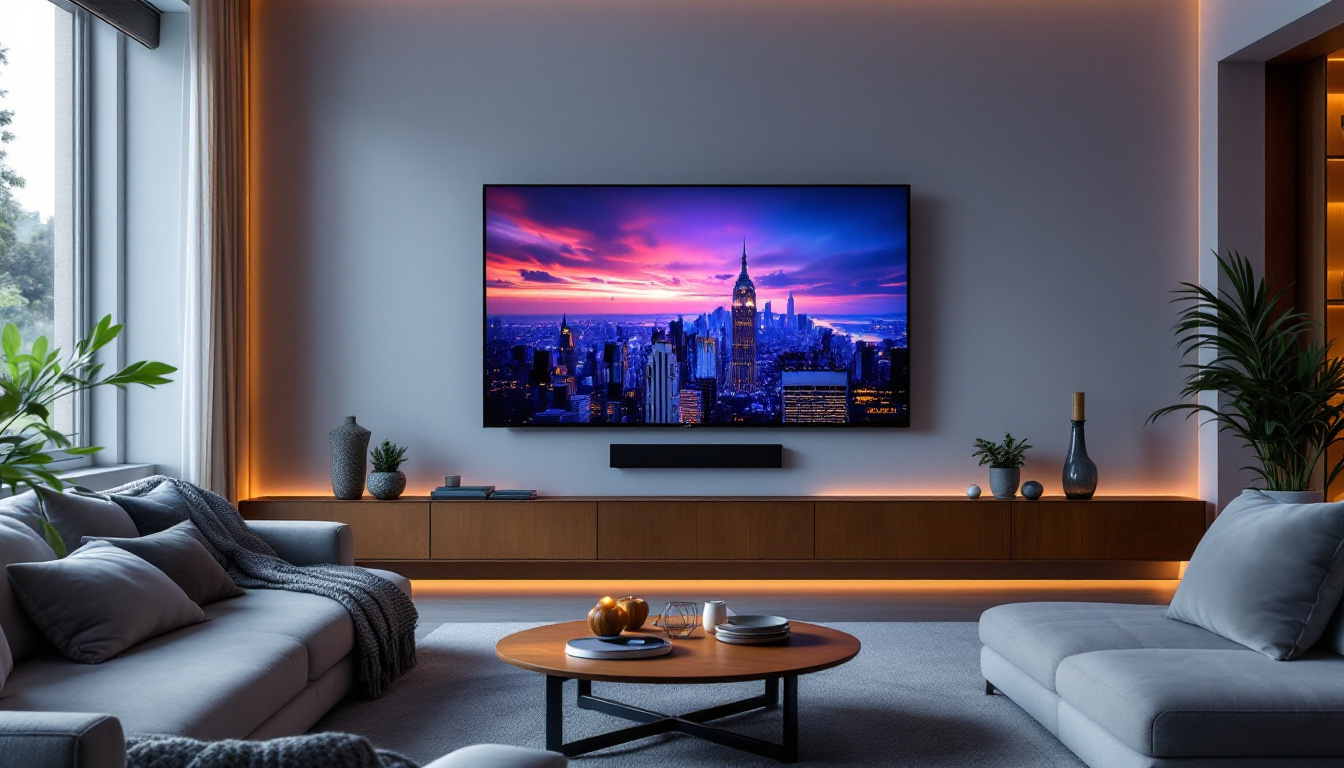In the world of modern screens, understanding the differences between LED and LCD displays is essential for making informed decisions, whether purchasing a new television, monitor, or even a smartphone. While these terms are often used interchangeably, they refer to distinct technologies with unique characteristics, advantages, and limitations. This article dives deep into the nuances of LED and LCD displays, clarifying what LED displays truly are, how they compare to traditional LCDs, and what consumers should consider when choosing between them.
Understanding the Basics: What Are LCD and LED Displays?
What Is an LCD Display?
LCD stands for Liquid Crystal Display. It is a flat-panel display technology that uses liquid crystals sandwiched between two layers of glass or plastic. These crystals do not emit light by themselves; instead, they manipulate light passing through them to produce images. To create a visible display, LCDs require a backlight source.
The backlight in traditional LCDs is typically made up of cold cathode fluorescent lamps (CCFLs). These lamps provide consistent illumination behind the liquid crystal layer, allowing the display to produce images by selectively blocking or allowing light through each pixel. This technology became popular in the early 2000s, replacing older cathode ray tube (CRT) monitors and televisions due to its slimmer design and lower power consumption. Furthermore, LCDs are known for their ability to produce sharp images and vibrant colors, making them ideal for various applications, from computer monitors to televisions and even mobile devices. As LCD technology has evolved, manufacturers have developed various types of LCDs, including IPS (In-Plane Switching) and TN (Twisted Nematic) panels, each offering distinct advantages in terms of color reproduction and viewing angles.
What Is an LED Display?
LED stands for Light Emitting Diode. When people refer to LED displays in the context of televisions and monitors, they are actually talking about a type of LCD display that uses LEDs as the backlight instead of CCFLs. In other words, an LED display is a subset of LCD technology that uses light-emitting diodes to illuminate the liquid crystal panel.
LED backlighting offers several advantages over CCFLs, including improved energy efficiency, thinner panels, better brightness, and enhanced color accuracy. This has made LED-backlit LCDs the dominant technology in the display market since the 2010s. Additionally, advancements in LED technology have led to the development of local dimming features, where specific areas of the screen can be dimmed or brightened independently, resulting in deeper blacks and a more dynamic contrast ratio. This capability has further enhanced the viewing experience, particularly in dark scenes of movies or video games. Moreover, the introduction of OLED (Organic Light Emitting Diode) displays, which do not require a backlight and can achieve true blacks by turning off individual pixels, has sparked a new wave of innovation in display technology, pushing the boundaries of what is possible in visual presentation.
Key Differences Between LED and LCD Displays
Backlighting Technology
The primary difference between LED and traditional LCD displays lies in the backlighting method. Traditional LCDs use CCFLs, which are fluorescent tubes that provide uniform light but have limitations in brightness and energy consumption.
LED displays use arrays of LEDs for backlighting, which can be placed either along the edges of the screen (edge-lit) or directly behind the panel (direct-lit or full-array). This flexibility in LED placement allows for more precise control of brightness and contrast, including advanced features like local dimming.
Picture Quality and Contrast
LED-backlit LCDs generally offer better picture quality compared to CCFL-backlit LCDs. The use of LEDs allows for higher brightness levels and improved contrast ratios. Full-array LED backlighting with local dimming can turn off or dim specific zones of LEDs, resulting in deeper blacks and more vibrant colors.
In contrast, traditional CCFL LCDs have a more uniform backlight that cannot be dimmed locally, often leading to washed-out blacks and less dynamic images. This difference is particularly noticeable when watching movies or playing games with dark scenes.
Energy Efficiency and Lifespan
LED backlighting is more energy-efficient than CCFLs. LEDs consume less power and generate less heat, which contributes to longer device lifespan and lower electricity bills. According to the U.S. Department of Energy, LED-backlit displays can use up to 40% less power than CCFL-backlit LCDs.
Moreover, LEDs have a longer operational life, often exceeding 50,000 hours, compared to around 20,000 hours for CCFLs. This means LED displays are more durable and require less frequent replacement or maintenance.
Types of LED Displays: Edge-Lit vs. Full-Array
Edge-Lit LED Displays
Edge-lit LED displays position the LEDs around the edges of the screen, using light guides to distribute illumination across the panel. This design allows for extremely thin screens and is commonly found in budget to mid-range TVs and monitors.
While edge-lit displays are slim and energy-efficient, they have limitations in uniform brightness and local dimming capabilities. Light bleed and uneven backlighting can sometimes affect picture quality, especially in darker scenes.
Full-Array LED Displays
Full-array LED displays place LEDs directly behind the entire screen surface in a grid pattern. This setup enables precise local dimming, where individual zones of LEDs can be dimmed or turned off independently. The result is superior contrast, deeper blacks, and more accurate color reproduction.
Full-array LED displays tend to be thicker and more expensive but are favored by enthusiasts and professionals who prioritize image quality. High-end televisions and monitors often use this technology to deliver a premium viewing experience.
Common Misconceptions About LED and LCD Displays
“LED Displays Are Not LCDs”
A widespread misconception is that LED displays are a completely different technology from LCDs. In reality, LED displays are a type of LCD display that uses LEDs for backlighting. The liquid crystal panel remains the same in both cases; the difference lies in how the screen is illuminated.
This misunderstanding often leads consumers to think that LED TVs are superior in all aspects, which is not always true. The quality of the LCD panel, the type of LED backlighting, and additional processing technologies all influence the final picture quality.
OLED vs. LED: Different Technologies
Another common confusion is between LED and OLED displays. OLED (Organic Light Emitting Diode) is a fundamentally different technology where each pixel emits its own light, eliminating the need for a backlight. This allows for perfect blacks and extremely thin panels but comes with higher production costs.
LED-backlit LCDs and OLEDs each have their strengths and weaknesses, and understanding these differences is crucial when comparing displays. OLEDs typically offer better contrast and viewing angles but can be more expensive and susceptible to burn-in, whereas LED-backlit LCDs are often more affordable and longer-lasting.
Choosing the Right Display: What Consumers Should Consider
Use Case and Viewing Environment
When selecting between LED and LCD displays, understanding the intended use is vital. For general computing, office work, or casual viewing, an edge-lit LED display may suffice, offering a balance between cost and performance.
For home theaters, gaming, or professional photo and video editing, a full-array LED display with local dimming or even an OLED display might be preferable due to superior contrast and color accuracy.
Ambient lighting conditions also play a role. LED displays with higher brightness levels perform better in brightly lit rooms, while displays with better contrast are ideal for dark environments.
Budget Considerations
Price remains a significant factor for many buyers. Edge-lit LED displays are generally more affordable and widely available, making them suitable for budget-conscious consumers. Full-array LED displays and OLEDs command premium prices but offer enhanced visual experiences.
It is important to weigh the cost against the benefits, especially if the display will be used for extended periods or for tasks requiring high image fidelity.
Energy Consumption and Environmental Impact
Energy efficiency is increasingly important as consumers become more environmentally conscious. LED-backlit LCDs consume less power than older CCFL-backlit LCDs, contributing to lower carbon footprints and reduced electricity bills.
Choosing an energy-efficient display can have a positive long-term impact, especially in offices or homes with multiple screens.
Future Trends in Display Technology
Mini-LED and Micro-LED Innovations
Recent advancements in LED technology include Mini-LED and Micro-LED displays. Mini-LED uses thousands of tiny LEDs for backlighting, allowing for even more precise local dimming and improved contrast compared to traditional full-array LEDs.
Micro-LED technology goes a step further by creating displays where each pixel is a microscopic LED that emits its own light, similar to OLED but with potentially higher brightness and longer lifespan. These technologies promise to combine the best features of LED and OLED displays in the near future.
Integration with Smart Technologies
Modern LED displays increasingly integrate with smart home ecosystems, offering voice control, AI-enhanced picture processing, and seamless connectivity with other devices. This trend enhances user experience and adds value beyond just picture quality.
Conclusion: LED Displays in Perspective
LED displays, technically a subset of LCD technology, have transformed the display market by offering improved brightness, energy efficiency, and picture quality compared to traditional CCFL-backlit LCDs. Understanding the distinctions between edge-lit and full-array LED displays, as well as common misconceptions, empowers consumers to make informed choices tailored to their needs and budgets.
As display technology continues to evolve with innovations like Mini-LED and Micro-LED, the gap between different screen types will narrow, providing even better visual experiences. For now, LED-backlit LCDs remain the mainstream choice for most users, balancing performance, cost, and energy efficiency effectively.
Discover Cutting-Edge LED Displays with LumenMatrix
Ready to experience the pinnacle of display technology? LumenMatrix is at the forefront of LED innovation, offering a wide array of advanced LED display solutions that cater to every need. From vibrant Indoor LED Walls to dynamic Outdoor LED Displays, and from mobile Vehicle LED Displays to interactive Floor LED Displays, our products are designed to captivate and engage. Embrace the future of visual communication with our Custom LED Displays, All-in-One LED solutions, and revolutionary LED Transparent Displays. Elevate your brand and message with unparalleled clarity and impact. Check out LumenMatrix LED Display Solutions today and transform your visual experience.































